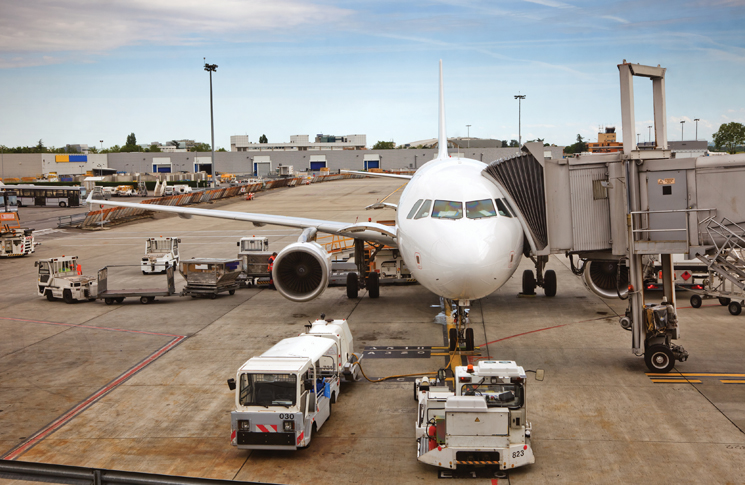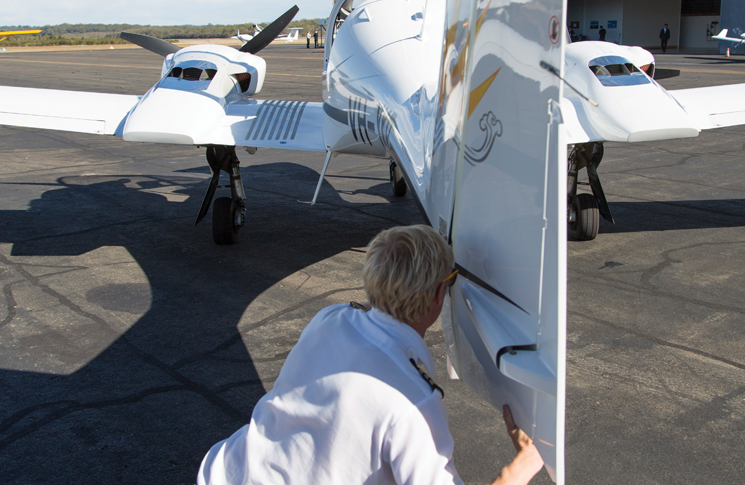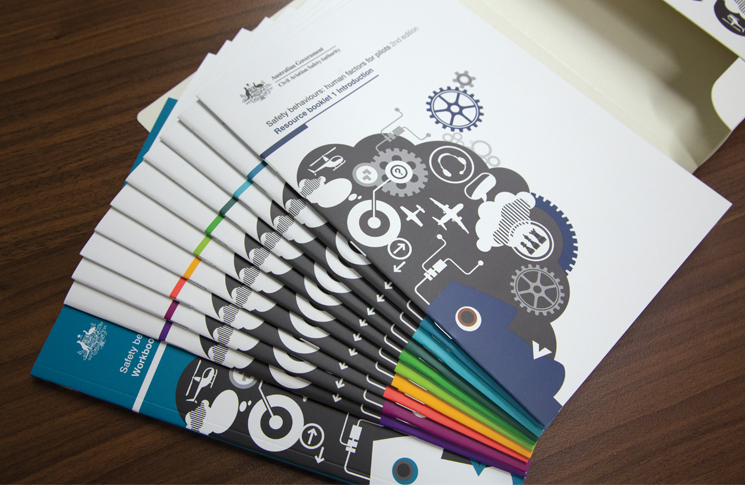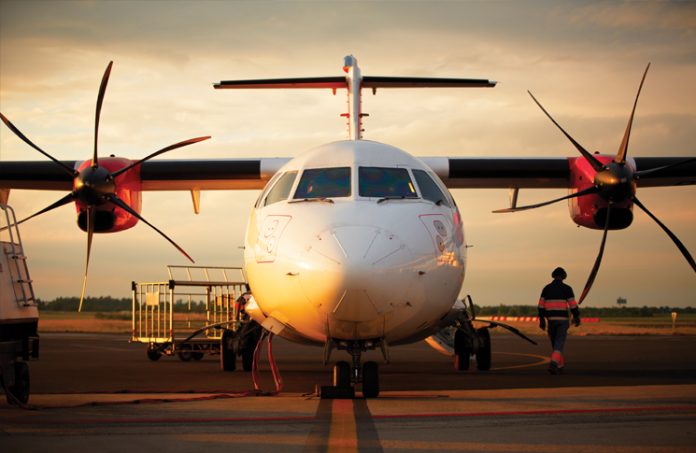Like air itself, culture surrounds aviation. But while you need to wait for good weather, you can create a safe culture
Was it just a stall that killed the passengers and crew of a Lockheed Hudson in August 1940 (Flight Safety Australia, Summer 2019–20) or did the strain of a wartime air force expanding too many times its peacetime size have something to do with it?
Why were the crew of a Vickers Viscount that crashed on take-off in 1954, practising a manoeuvre that was not required (Flight Safety Australia, Autumn 2020)? And was it just good luck that meant the passengers and crew of an MD-83 escaped almost unscathed after an elevator jam became evident after V1 on take-off (flightsafetyaustralia.com, 20 May 2019)?
Asking ‘why?’ about accidents and incidents several times and answering, ‘because … ’, inevitably leads to the answer, ‘culture’—the climate of practices, values, accountability and communications pervading in an organisation, summed up in the phrase, ‘the way we do things around here’.
The relationship between culture and safety came into focus as a field of study after the Chernobyl nuclear disaster of 1986. The International Nuclear Safety Group coined the term ‘safety culture’ and described it as, ‘That assembly of characteristics and attitudes in organisations and individuals which establishes that, as an overriding priority … safety issues receive the attention warranted by their significance.’
CASA’s Safety behaviours: human factors for pilots says, ‘A great safety culture is when people continue to work safely and do the right things … even when no-one is watching. People in senior positions create an organisational climate which is open to criticism and fosters comments and feedback from all employees. In the words of Sidney Dekker, Professor of Humanities and Social Science, Griffith University, safety culture is a “culture that allows the boss to hear bad news”.’
Every organisation has a safety culture, but not all are equally safe. Professor Patrick Hudson mapped five stages of safety culture in his analysis of the oil and gas industry. His ‘ladder’ of cultures is applicable to aviation, where examples of all five levels can be found.
- Pathological: Management believes accidents are caused by workers who are stupid, inattentive or wilfully negligent. All the messages from management have ‘and be safe’ tacked on to the end of them as an afterthought. The emphasis, either implicit or explicit, is, ‘get the job done’.
- Reactive: There has been an incident and safety has suddenly become a priority. This can be a temporary stage where the organisation slips back to pathological or moves forward to calculative.
- Calculative: Safety processes and systems are put into operation and people regularly ‘take a pulse’ to make sure they are continuing to happen. There are consequences if people aren’t following these processes. However, the calculative approach can be degraded into going through the motions of safety management with the emphasis on process and metrics rather than knowledge, interpretation and insight. Hudson notes that shortly before the well blowout that killed 11 workers, the 100 staff on the Deepwater Horizon oil platform were submitting 110 safety job cards every day, yet the accident still happened.
- Proactive: Teams use planning processes and systems to anticipate safety problems before they arise, and people begin to proactively manage safety issues.
- Generative: Awareness has permeated the organisation, from the boardroom to the casual contractors, and everyone thinks of safety and the work as inseparable. Hudson describes this as the lunatics running the asylum, but in the best sense. Provocatively, he says small organisations find it easier to reach this safety nirvana than large, unavoidably bureaucratic, organisations.

What are the features of proactive and generative safety cultures? Hudson and James Reason—developer of the Swiss cheese accident causation model—describe five elements of cultures that prioritise safety:
- An informed culture—those who manage and operate the system have current knowledge about the human, technical, organisational and environmental factors underpinning the safety of the system.
- A reporting culture—people are willing to report errors and near misses.
- A just culture—there is an atmosphere of trust, and people are encouraged or even rewarded for providing essential safety-related information, but there is also a clear line between acceptable and unacceptable behaviour (i.e. fair and just culture).
- A flexible culture—this can take different forms but is characterised as shifting from the conventional hierarchical mode to a flatter professional structure. There is deference to expertise, regardless of formal position or rank.
- A learning culture—has the willingness and competence to draw the right conclusions from its safety information system, and the will to implement major reforms when necessary.
More specifically, the International Civil Aviation Organization (ICAO) outlines seven characteristics of a strong safety culture.
The magnificent seven
- Senior management places a strong emphasis on safety as part of the strategy of controlling risk.
- Decision-makers and operational personnel hold a realistic view of the short- and long-term hazards involved in the organisation’s activities.
- Those in senior positions do not use their influence to force their views on others or to avoid criticism.
- Upper management creates an organisational climate which is open to criticism, and fosters comments and feedback from all employees.
- There is an awareness of the importance of communicating relevant safety information at all levels of the organisation (both internally and with outside entities).
- Promotion of appropriate, realistic and workable rules relating to hazards, safety and potential sources of damage, and these rules are supported and endorsed throughout the organisation.
- Personnel are well trained and educated and fully understand the consequences of unsafe acts.

Conversely, ICAO lists 14 distinct symptoms of a poor safety culture.
The fatal fourteen
- Fewer hazard reports than expected
- The appointed safety executive does not take responsibility for the safety program
- Active resistance to the safety program
- The number of high-risk safety incidents does not decrease
- The number of workplace accidents does not decrease
- There are management silos, where one section of an organisation is unaware or uninterested in the work of other sections
- Upper management does not actively support the safety program
- Retaliation from managers or other employees against people who report safety issues
- Strong tendency for employees or management to focus on individual blame—the ‘who’ rather than the ‘why’ of an incident
- Resistance to change
- Safety information is not readily accessible
- Safety managers do not communicate important safety concerns effectively
- Lack of safety budget
- High number of repeat safety incidents
A culture change process can take several years
Building a safety culture
The UK Health and Safety Executive (HSE) identifies six major organisational influences on safety culture:
- Management commitment and style: Does upper management lead by example or decree? Are they visible to the staff or isolated in the executive suite?
- Employee involvement: Are staff encouraged to submit ideas and report concerns? Do staff have a say in what forms of communication are used?
- Training and competence: Is everyone up-to-date with their qualifications, knowledge and skills?
- Communication: Are there monthly or weekly safety talks? Are safety policies and guidance freely available electronically or on paper?
- Compliance with procedures: Is everyone clear about what to do and why it is important to do it in the approved way?
- Organisational learning: Has the organisation made changes to its policies and practices based on lessons from past incidents or successes?
The HSE says a culture change process can take several years and has several well-defined suggestions on how to begin this process.
- MEASURE: A good starting place is to measure your existing safety culture by using a survey or more informally by talking to your workforce. This can help to target weak areas within your organisation’s culture.
- ACT: It is important to take action on the findings of any survey, discussion of measurement and share the findings with employees. Organisations have found it beneficial to repeat measurements to track progress.
- FOCUS: Organisations have had very positive results from focusing on specific issues such as safety leadership, competence or procedures.
- GET HELP: Many organisations use third parties to help measure and change their culture. It is important to retain ownership of the process, work in partnership and acquire the knowledge and skills to continue the work independently.
The HSE says a common mistake is to focus on the staff levels below the manager who initiates the work. Senior managers should be prepared to have their own perceptions and behaviours examined and challenged.

Safety behaviours: human factors for pilots and engineers’ kits are available online and in hard copy.
Read our previous stories on the Lockheed Hudson, Vickers Viscount and MD-83 incidents.





